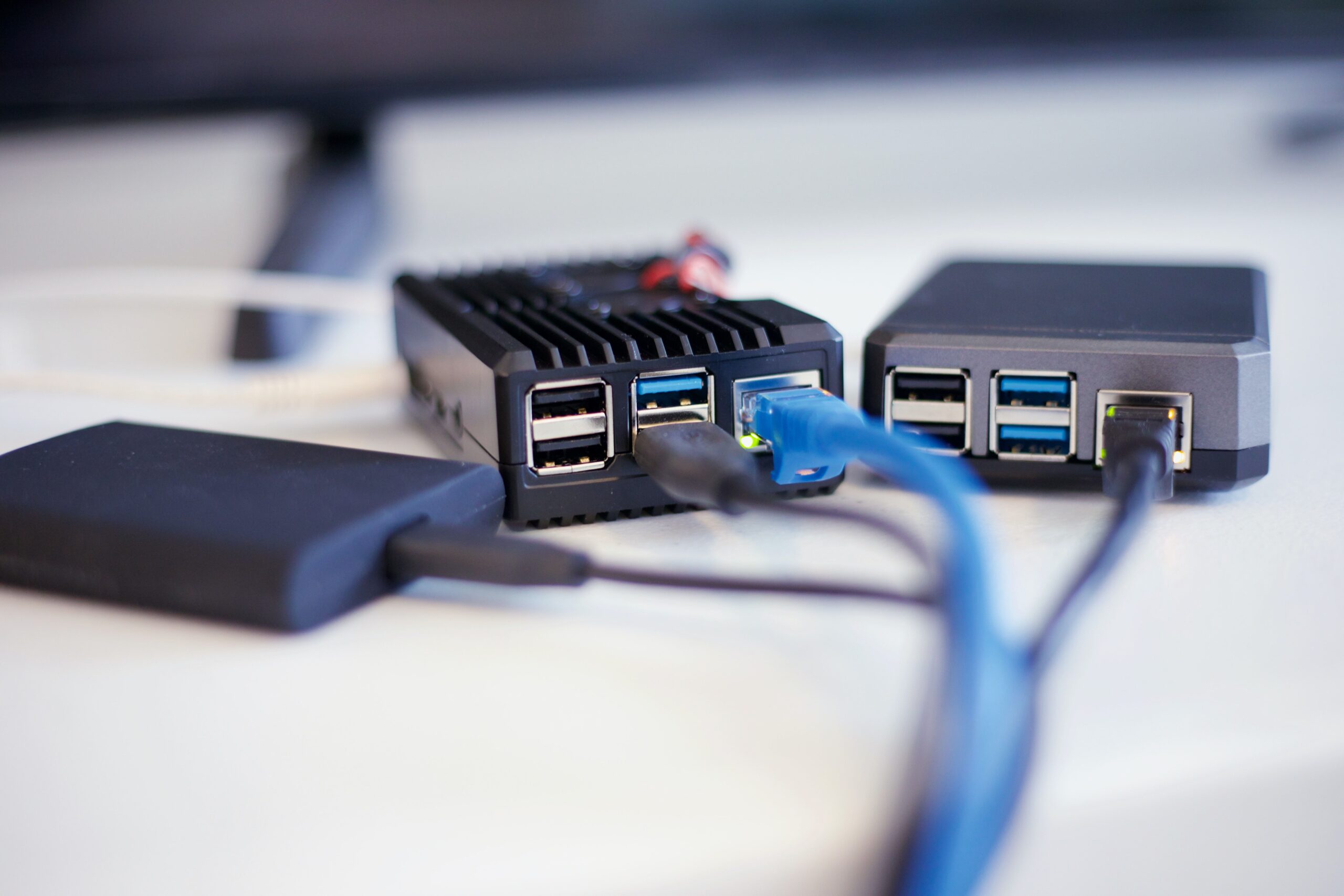Uncategorized
TON Blockchain to Use LayerZero to Improve Cross-Chain Functionality

Layer-1 blockchain TON said it is linking up with interoperability protocol LayerZero to allow users to move funds between multiple ecosystems in a relationship that will generate increased usage and fees for both parties.
TON will initially be connected to 12 blockchains including Ethereum, Tron and Solana. Users will be able to transfer stablecoins to TON using Stargate, the largest crypto bridge. Stargate handled $1.6 billion in volume over the past month, according to DefiLlama.
Users will also benefit from LayerZero’s multichain liquidity, which allows funds locked in different blockchains to be pooled to reduce the chance of slippage — a change in price between initiating and ending a transaction — or outright failure.
Liquidity is key decentralized finance (DeFi). There is some $117 billion in total value locked (TVL) across all blockchains. But with more than 4,400 blockchains and layer-2 networks, according to DefiLlama, liquidity per chain is fragmented. If a trading firm wanted to lend or borrow hundreds of millions on a specific chain the relatively large transaction value is likely to lead to slippage or failure. The chance of that happening is reduced when liquidity is pooled.
Crypto firms Tether and Ethena will also use the integration, with the latter’s flagship $5 billion asset, USDe, set to go live on TON. Tether’s new USDT0 stablecoin, which was launched to tackle liquidity issues, becomes transferrable between TON, Tron, Ethereum, Celo and Arbitrum through its new product, the Legacy Mesh.
Developers will also benefit from the integration as tokens can be deployed on TON from any of LayerZero’s chains using a single contract.
TON was created in 2018 as an internal project at messaging app Telegram, which abandoned development two years later. In Sept 2023, Telegram endorsed the now independent TON and said it would integrate the blockchain into the app’s user interface. Last month, it became the exclusive blockchain for Telegram’s mini apps ecosystem.
«TON is undoubtedly one of the most exciting ecosystems today,” said Bryan Pellegrino, CEO of LayerZero. “After its exclusive partnership with Telegram, it now has access to nearly a billion users.”
Uncategorized
Elon Musk vs. the regulators
Welcome back to TechCrunch Mobility, your hub for all things “future of transportation.”
Uncategorized
Nvidia’s AI empire: A look at its top startup investments
Over the last two years, Nvidia has used its ballooning fortunes to invest in over 100 AI startups. Here are the giant semiconductor’s largest investments.
Uncategorized
Dating app Cerca will show how Gen Z really dates at TechCrunch Disrupt 2025
Cerca is a dating app that sets users up with mutual friends.
-

 Business12 месяцев ago
Business12 месяцев ago3 Ways to make your business presentation more relatable
-

 Fashion12 месяцев ago
Fashion12 месяцев agoAccording to Dior Couture, this taboo fashion accessory is back
-

 Entertainment12 месяцев ago
Entertainment12 месяцев ago10 Artists who retired from music and made a comeback
-

 Entertainment12 месяцев ago
Entertainment12 месяцев ago\’Better Call Saul\’ has been renewed for a fourth season
-

 Entertainment12 месяцев ago
Entertainment12 месяцев agoNew Season 8 Walking Dead trailer flashes forward in time
-

 Business12 месяцев ago
Business12 месяцев ago15 Habits that could be hurting your business relationships
-

 Entertainment12 месяцев ago
Entertainment12 месяцев agoMeet Superman\’s grandfather in new trailer for Krypton
-

 Uncategorized4 месяца ago
Uncategorized4 месяца agoRobinhood Launches Micro Bitcoin, Solana and XRP Futures Contracts


